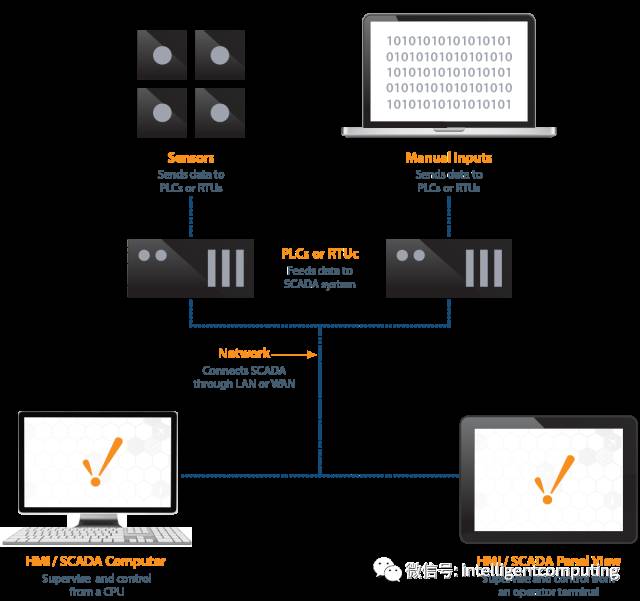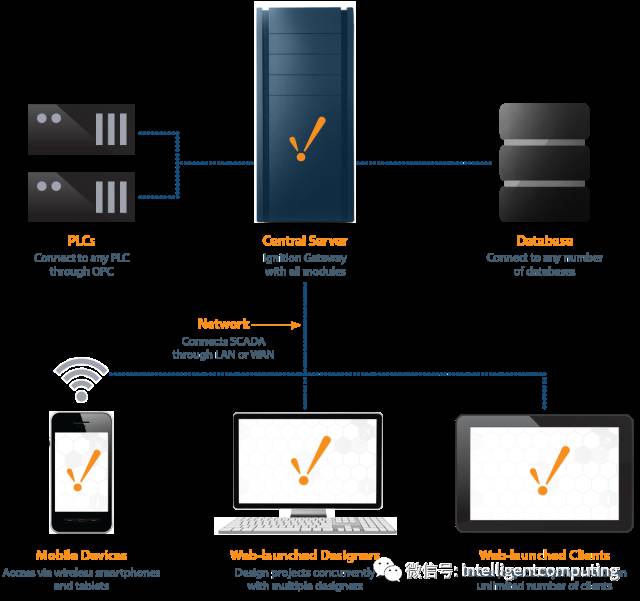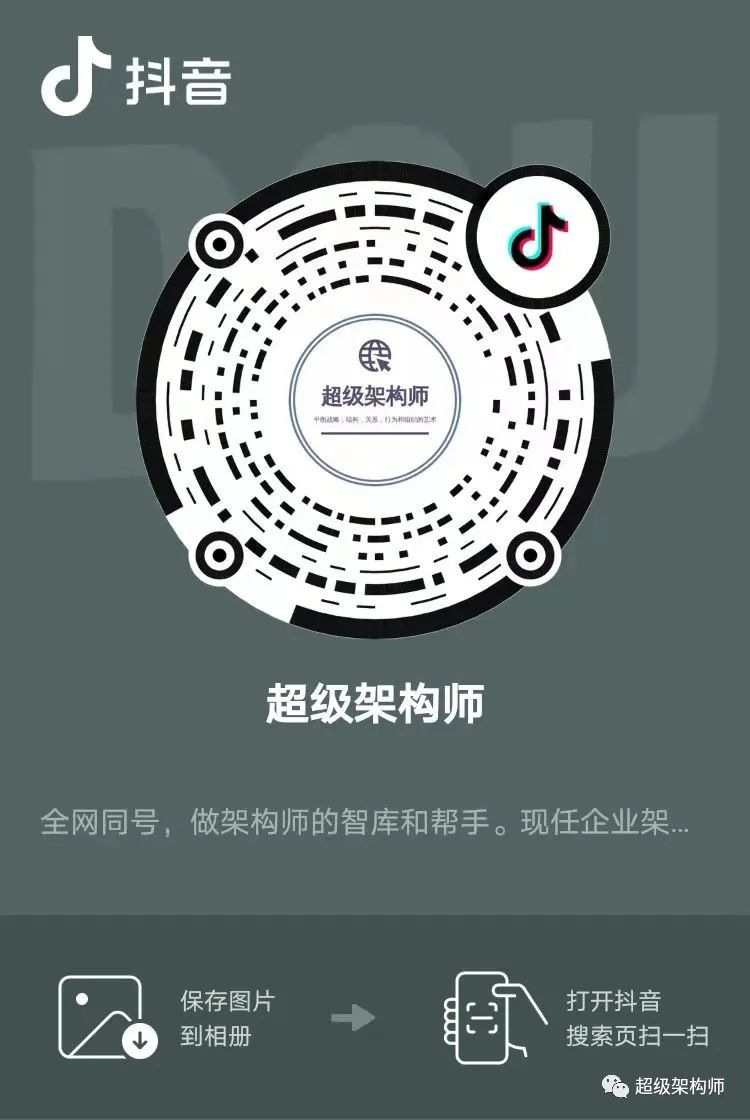SCADA systems are the backbone of modern industry.
What is SCADA used for?
SCADA (Supervisory Control and Data Acquisition) is an industrial automation control system that focuses on modern industries, including:
-
Energy
-
Food and Beverage
-
Manufacturing
-
Oil and Gas
-
Power
-
Recycling
-
Transportation
-
Water and Wastewater
-
And much more
SCADA systems are used by private companies and public sector service providers. SCADA works well in many different types of businesses because they can range from simple configurations to large, complex projects.
Wherever you see in today’s world, there are some types of SCADA systems operating behind the scenes, whether in your local supermarket, oil refinery, wastewater treatment plant, or even in your own home.
How does SCADA work?
SCADA systems deploy multiple software and hardware elements that allow industrial organizations to:
-
Monitor, collect, and process data
-
Connect and control machines and equipment such as valves, pumps, motors, etc., through HMI (Human-Machine Interface) software
-
Log events into log files
In a basic SCADA architecture, information from sensors or manual inputs is sent to a PLC (Programmable Logic Controller) or RTU (Remote Terminal Unit), which then sends it to a computer with SCADA software. The SCADA software analyzes and displays the data to help operators and other staff reduce waste and improve the efficiency of manufacturing processes.
An effective SCADA system can save significant time and money. Numerous case studies have been published highlighting the benefits and savings of using modern SCADA software solutions, such as Ignition.
Basic SCADA Architecture

The Evolution of SCADA
In the 1950s, the first microcomputers were developed for industrial use. In the 1960s, small computers were used for remote monitoring and control.
The term “SCADA” was coined in the early 1970s, and during this decade, the rise of microprocessors and Programmable Logic Controllers (PLCs) enabled businesses to monitor and control automated processes more effectively than ever before.
In the 1980s and 1990s, SCADA evolved again, with the widespread use of Local Area Networks (LANs), allowing SCADA systems to connect to other systems and introducing PC-based HMI software.
In the 1990s and early 2000s, Structured Query Language (SQL) databases became the standard for IT databases, but SCADA developers did not adopt them. This led to a divide between control and IT fields, and over time, SCADA technology became outdated.
Modern SCADA Systems
Modern SCADA systems allow access to real-time data from the workshop from anywhere in the world. Access to real-time information enables governments, businesses, and individuals to make data-driven decisions on how to improve processes. Without SCADA software, it would be very difficult to gather enough data for continuous informed decision-making.
Moreover, most modern SCADA designer applications feature Rapid Application Development (RAD) capabilities, allowing users to design applications relatively easily, even if they do not have extensive software development knowledge.
Integrating modern IT standards and practices, such as SQL and web-based applications, into SCADA software has significantly improved the efficiency, security, productivity, and reliability of SCADA systems.
SCADA software that leverages SQL databases offers significant advantages over older SCADA software. One key benefit of using SQL databases with SCADA systems is that it can be more easily integrated into existing MES and ERP systems, allowing data to flow seamlessly throughout the organization.
Historical data from SCADA systems can also be recorded in SQL databases, making data analysis through data trends easier.
Ignition HMI/SCADA Software
Inductive Automation®’s Ignition is an industrial automation software platform that many businesses and organizations have switched to for their HMI/SCADA needs.
Since 2010, Ignition has been installed in thousands of locations across over 70 countries. Its powerful and robust performance enables SCADA system integrators to meet customer needs at a lower cost than other SCADA software solutions.
Here are several reasons more businesses choose Ignition:
-
Ignition uses modern IT practices, making it compatible with current SCADA system components.
-
Its unique licensing model allows users to pay a fixed fee based on the number of servers. Other SCADA vendors typically charge per client or per tag, but Ignition offers unlimited clients and tags.
-
Ignition is web-deployed: it can be downloaded and installed in minutes, with clients able to start or update immediately.
-
Inductive Automation’s motto, “Dream, Do It,” perfectly embodies what Ignition can achieve. While this bold claim may sound too good to be true, a demonstration of the software proves just how powerful it really is. Once you see the possibilities, you will start imagining how the software can fit SCADA needs and open up new possibilities.

| Article :https://architect.pub/what-scada-monitoring-and-data-acquisition-system | ||
| Discussion: Knowledge Planet【Chief Architect Circle】 or add WeChat mini account【ca_cto】 or join QQ group【792862318】 | ||
| Public Account | 【jiagoushipro】【Architect Tavern】 detailed illustrations of architectural methodology, architectural practices, technical principles, and technical trends. We are waiting for you, hurry up and scan to follow. |  |
| WeChat Mini Account | 【ca_cea】50000 people community, discussing: enterprise architecture, cloud computing, big data, data science, IoT, artificial intelligence, security, full-stack development, DevOps, digital transformation. |
|
| QQ Group | 【285069459】 In-depth discussions on enterprise architecture, business architecture, application architecture, data architecture, technical architecture, integration architecture, security architecture. Along with various emerging technologies like big data, cloud computing, IoT, artificial intelligence. Join the QQ group for valuable reports and resource sharing. |
|
| Video Account | 【Architect Tavern】 Understand the basic concepts, models, methods, and experiences related to architecture in one minute. One minute a day, become familiar with architecture. |
|
| Knowledge Planet | 【Chief Architect Circle】 Ask questions to experts, get close contact, or gain access to private resource sharing. |
|
| Ximalaya | 【Super Architect】 Understand the latest black technology news and architectural insights on the road or in the car. | 【Smart Moments, Architect discusses black technology with you】 |
| Knowledge Planet | Meet more friends, casual chat about careers and technology. | Knowledge Planet【Career and Technology】 |
| 【Architect Tavern】 | Smart Moments | |
| Bilibili | 【Architect Tavern】 |
|
| Douyin | 【cea_cio】Architect Tavern |
|
| Kuaishou | 【cea_cio_cto】Architect Tavern |
|
| Xiaohongshu | 【cea_csa_cto】Architect Tavern |
|
| Website | CIO (Chief Information Officer) | https://cio.ceo |
| Website | CIO, CTO, and CDO | https://cioctocdo.com |
| Website | Architect Practical Sharing | https://architect.pub |
| Website | Programmer Cloud Development Sharing | https://pgmr.cloud |
| Website | Chief Architect Community | https://jiagoushi.pro |
| Website | Developer Chat | https://blog.developer.chat |
| Website | CPO Work Manual | https://cpo.work |
| Website | Chief Security Officer | https://cso.pub |
| Website | CIO Cool | https://cio.cool |
| Website | CDO Information | https://cdo.fyi |
| Website | CXO Information | https://cxo.pub |







